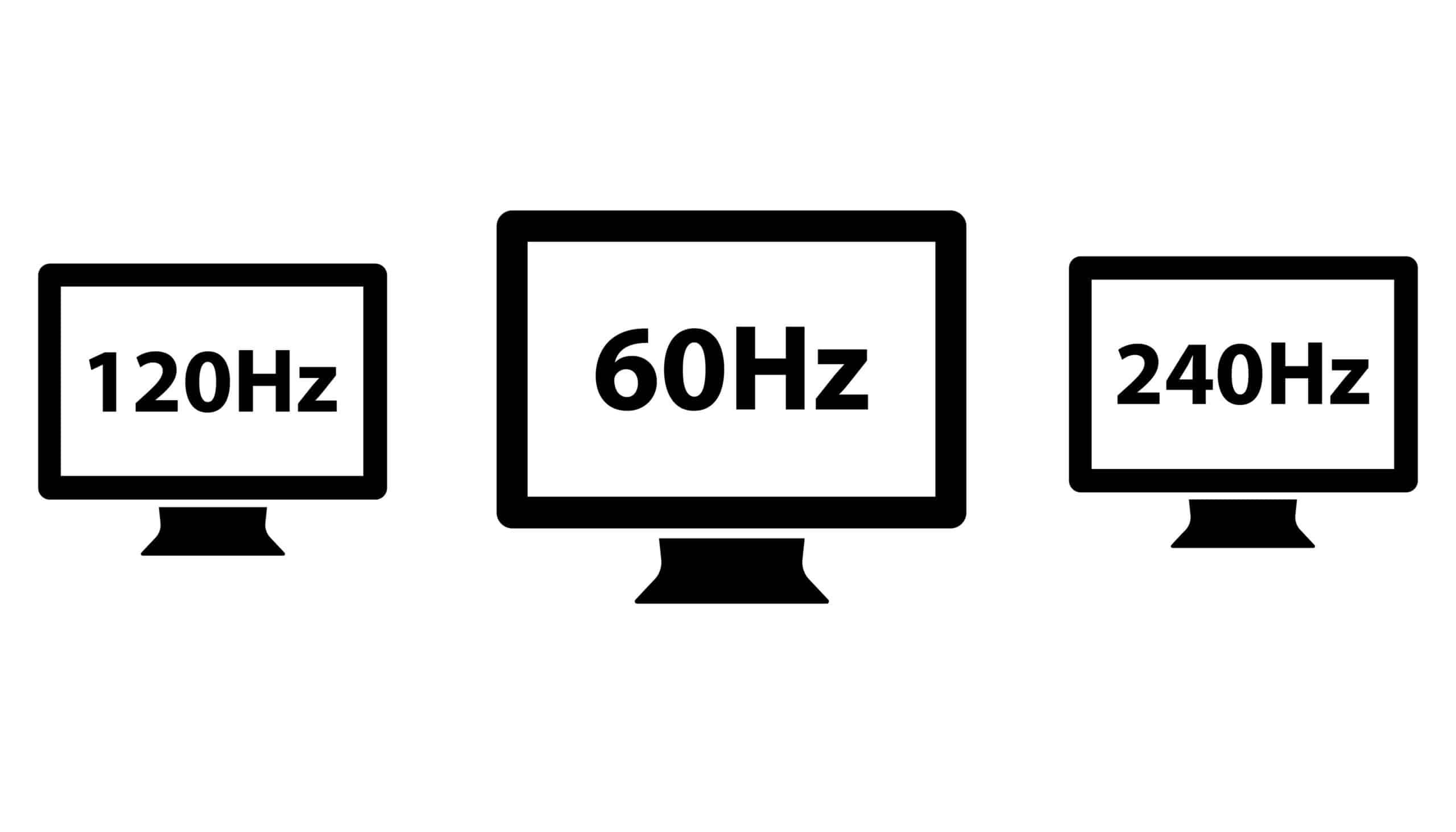In the time you’ve taken to read this sentence, whatever screen you’re reading this on has refreshed no less than 210 times. Actually, in all likelihood, it’s closer to 420 times. That number is going to depend on what the refresh rate of the device you’re looking at has. The image on your monitor, your phone or your TV isn’t static. It is constantly being refreshed to keep the picture looking smooth. This process is known as refreshing and the speed it does so is the refresh rate.
Refresh rate is measured in hertz (Hz) and it will dictate how often the frame can change. A rate of 120 Hz allows the screen to bring up a totally new display 120 times every second. A 60 Hz display will only refresh the screen 60 times per second and so on.
When does It Matter?
Having a higher refresh rate can lead to a much smoother picture when displaying fast moving images. This helps tremendously with video games as it helps eliminate screen tearing, motion blur and image ghosting while providing a more responsive picture. With the exploding popularity of gaming, most TVs now are being sold with a minimum of 120 Hz. High end PC monitors can offer up to 360 Hz while the latest iPhone offers 120 Hz. But what if you aren’t into gaming? What kind of refresh rate is the standard for a non-gamer? Most monitors today are sold with a minimum of 60 Hz. With anything lower than that, you are going to notice a dip in screen quality and an increase in eye strain.
A high refresh rate is great but it is not the same thing as another popular term: frame rate. As similar sounding as these two things are they are different yet work hand in hand for a cleaner and faster image. In our next blog, we will explain the how frame rate and refresh rate support each other.

